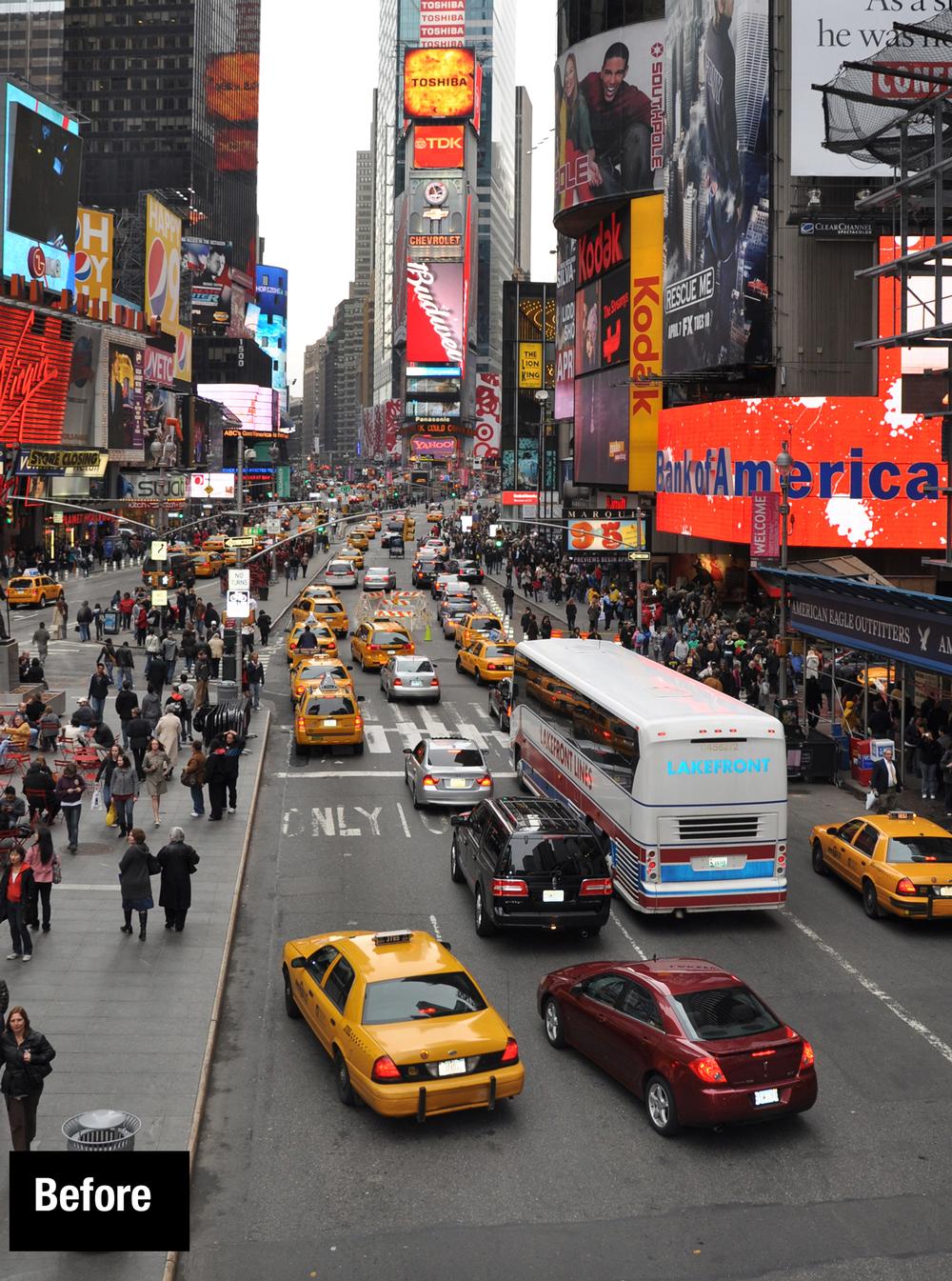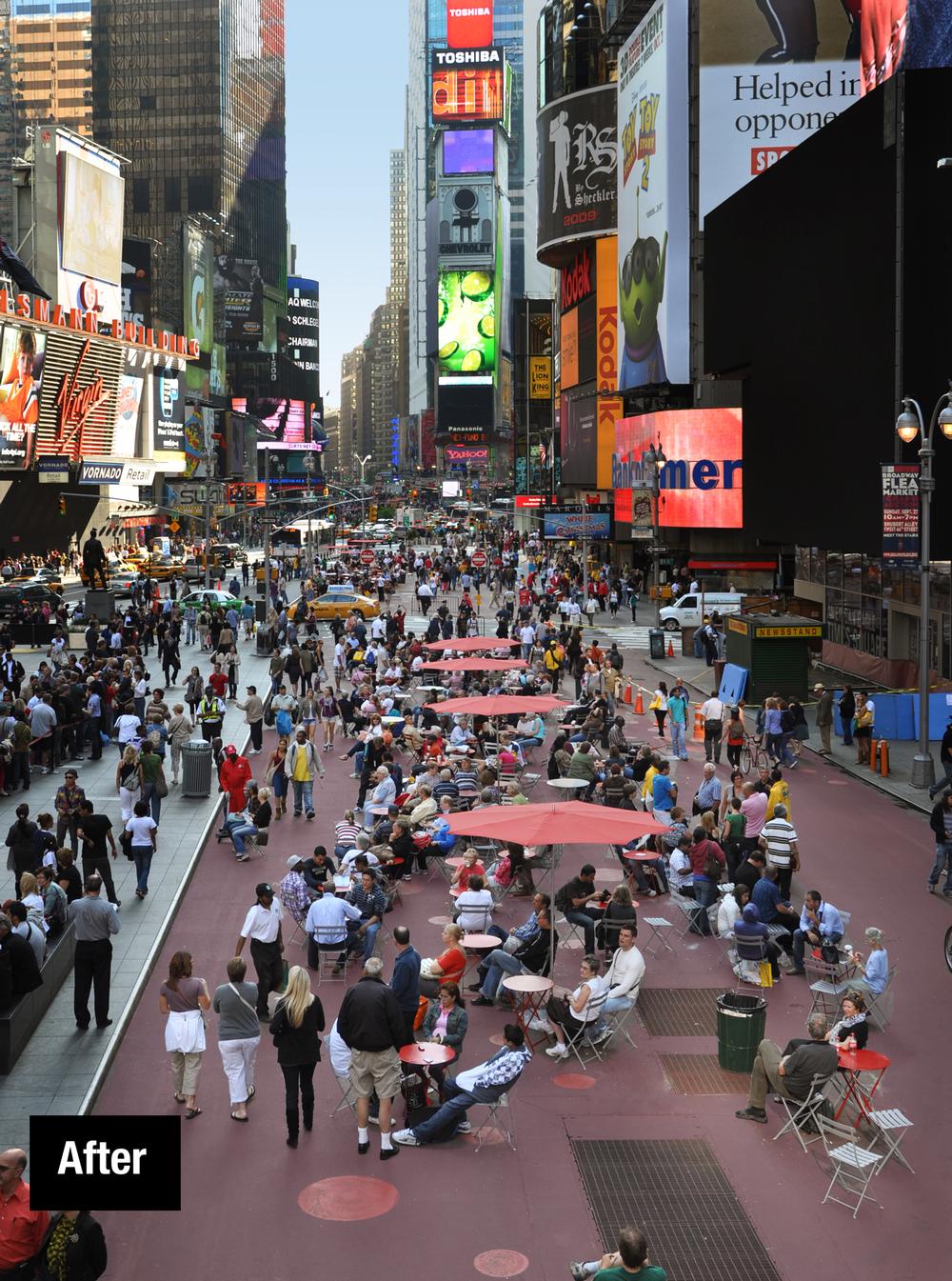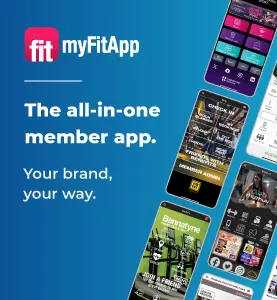What’s your approach to architecture?
Architecture should be about people before buildings. Offer the right lifestyle choices and you’ll get the right health outcomes: if places are designed with people in mind, people will be healthier.
The problem is, the bureaucratic systems we’ve created in the name of efficiency have destroyed the kind of places that bring joy to our hearts. We’re using technology to make everything as efficient as possible, whereas the path to health, happiness, wealth and wellbeing is one that puts people, culture and art central to the planning process.
The way cities are designed today is also contributing to an increasingly sedentary lifestyle among the public. We’re making it more difficult to navigate cities by foot and bike, and our consequent reliance on cars and technology takes away the everyday opportunities for exercise, such as going to the shops for groceries.
How can architecture and design help people to be active?
Copenhagen is a great example of this. People living in Copenhagen think it’s natural to cycle to work, school or the pub, whether it’s sunny, raining or minus 4 degrees centigrade. Research has shown this is because it’s considered the easiest and most efficient mode of transport. Cycling is integrated with other forms of transport: you can take bikes onto trains and the underground and taxis have cycle racks. It’s not rocket science or magic: if you make it easy to walk and cycle, then people will do it.
The next stage for Copenhagen is to tackle suburbia: encouraging people to cycle to the station, get on the train and pick up a hire bike in the city.
Can existing environments be enhanced and improved?
Most definitely. In the 1960s, Copenhagen was pursuing the American dream and was a sea of cars, but they realised this wasn’t the way to go from a quality of life point of view. For the past 40 years, they’ve been trying to reverse this mentality. It can happen anywhere – there just needs to be the political will and some skill and understanding.
What in your view are the barriers to change?
The usual criticism is that the city will die without cars, and people won’t want to do business there. Our counter-argument is that global companies like Google want to put offices in places which are liveable, so they can retain staff. Cars don’t make places liveable.
Can you give an example of bad design in a city?
I always compare Manhattan and Dubai. I love New York, which takes its roots from European cities. On the other hand, Dubai has taken the American dream but without the essential DNA of streets, pavements, public spaces and active shop fronts. A fake environment has been created where you go from air-conditioned car to air-conditioned mall; street life does not exist. Shade should have been designed in to make people want to be in the streets.
How can the health club industry make sure it’s not contributing to this problem?
Health clubs have to be careful they don’t offer a big shiny box that people can only drive to. They need to be located in areas where there’s footfall, or find ways of encouraging people to visit in an active way, like cycling.
Also, clubs can and should be social hubs that bring life to the communities where they’re located, encouraging people to exercise in the streets, parks and pedestrian areas around the club – whether on their own or in group activities organised by the club.

























































